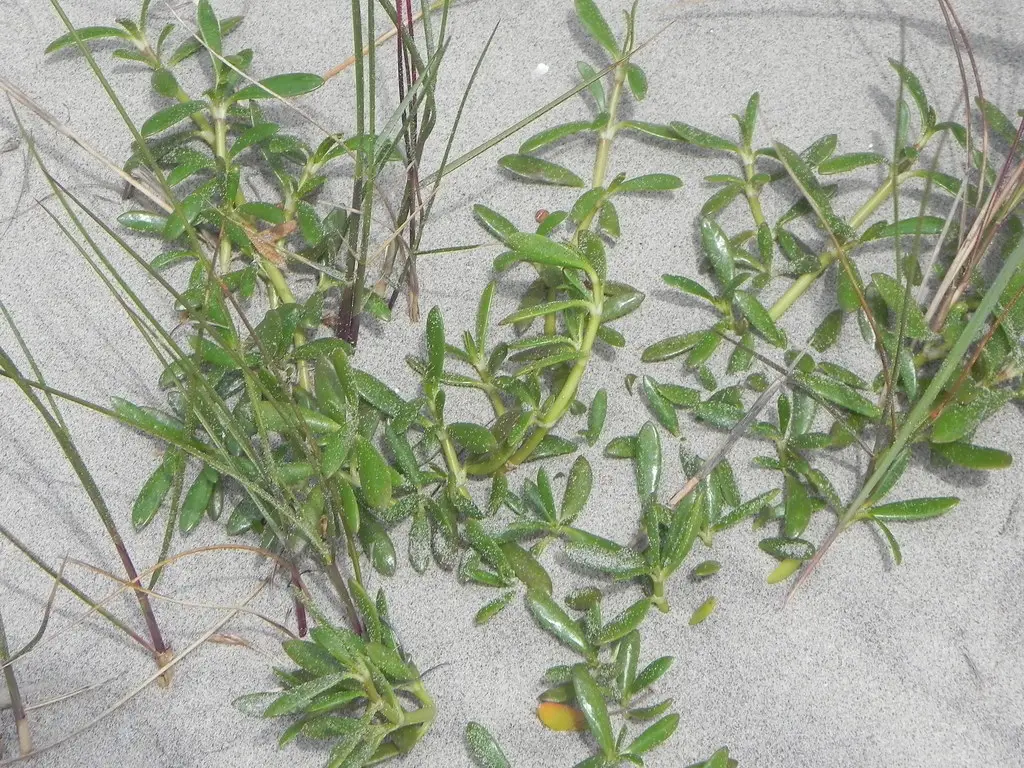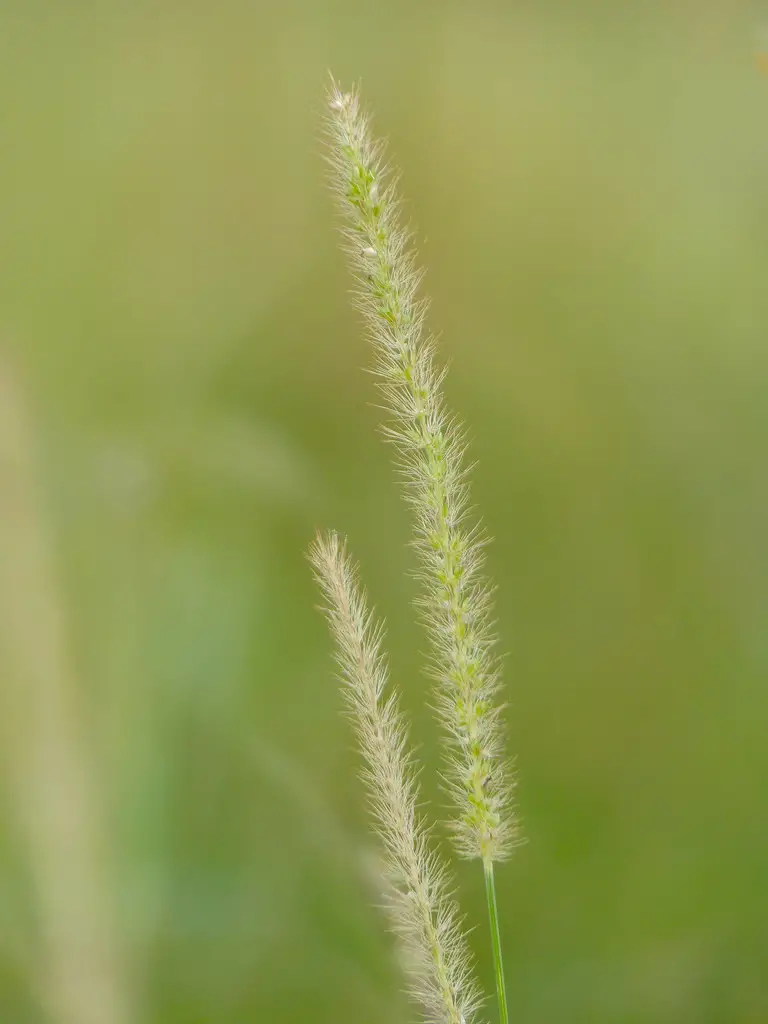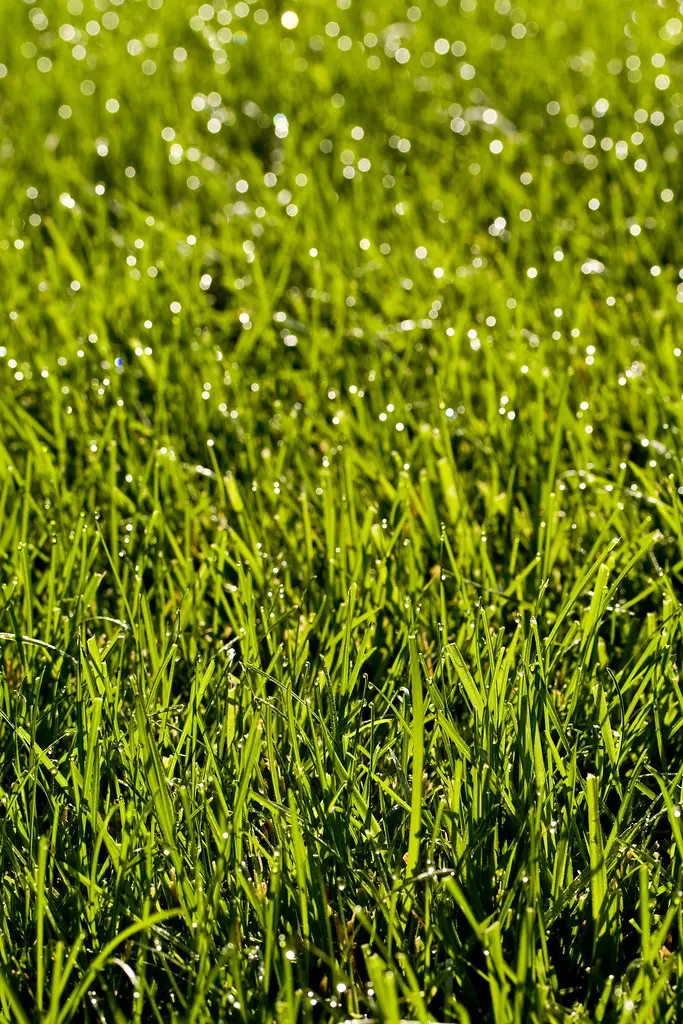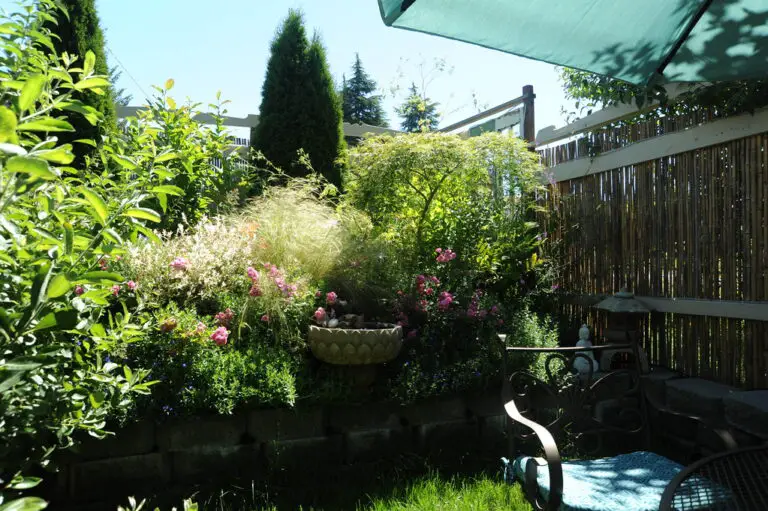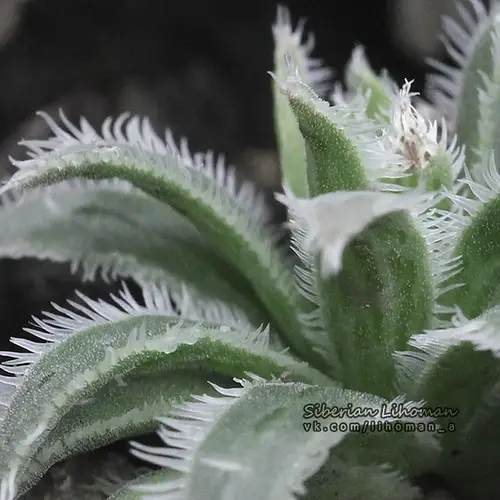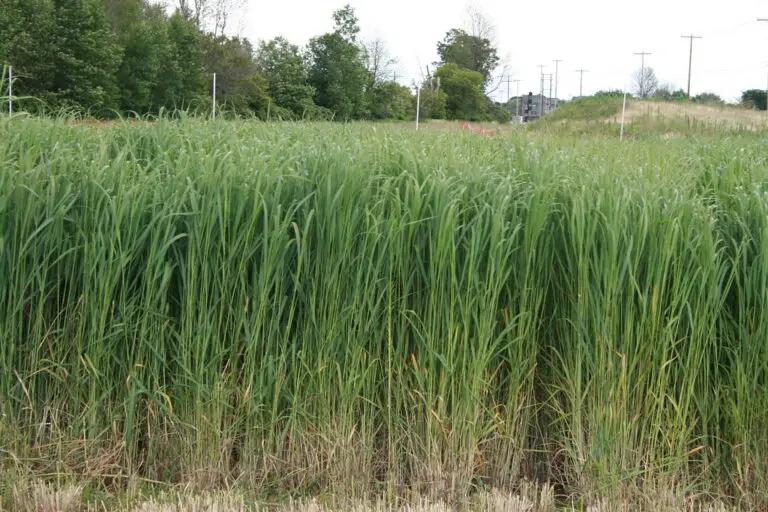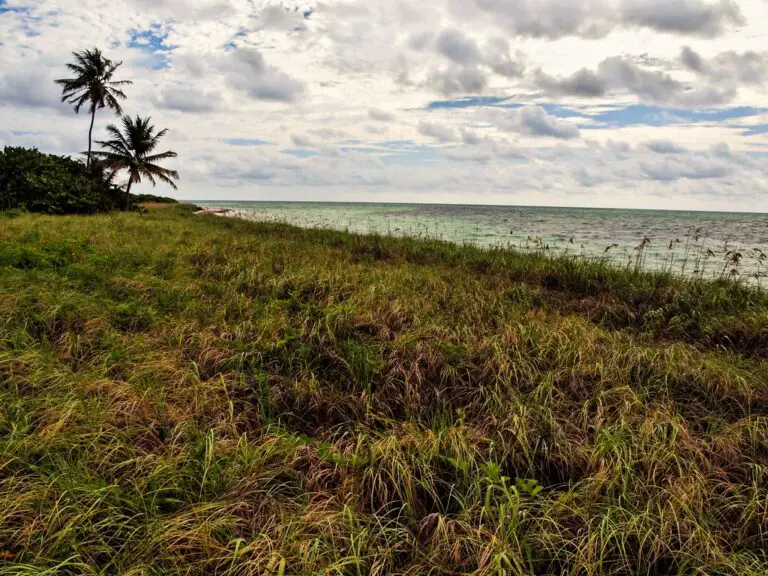Seashore Paspalum: Bringing Coastal Elegance to Garden Enthusiasts’ Landscapes
For garden enthusiasts who dream of the tranquility that coastal landscapes offer, there’s a grass whose very nature embodies the breezy, salt-tinged ambiance of the shoreline. Seashore Paspalum, though not as widely known as other ornamental grasses, has begun to grow in popularity due to its unique set of characteristics that make it a standout feature in any garden. Diverse and resilient, this coastal grass offers not just a visual appeal, but a functional elegance that is hard to find elsewhere. In this post, we’ll explore the many ways Seashore Paspalum can elevate your outdoor space, from its aesthetic charm to its practical benefits and the best design practices to showcase its beauty.
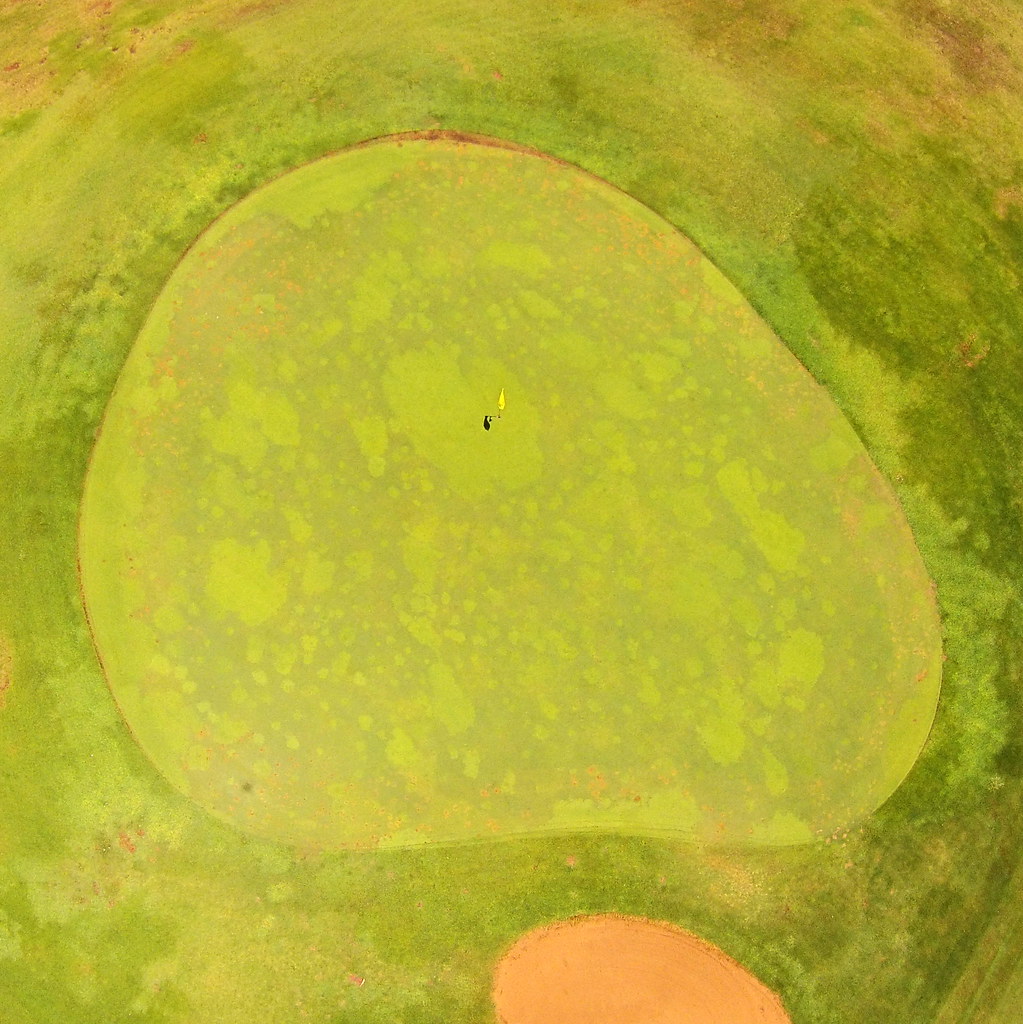
Benefits of Seashore Paspalum
Drought Tolerance
One of the most appealing aspects of Seashore Paspalum is its exceptional drought tolerance. This makes it a favorite among gardeners in water-scarce regions or for individuals looking to reduce their overall water consumption. Even under extended dry spells, this grass maintains its verdant hue, requiring minimal irrigation to stay lush and healthy.
Salt Tolerance
Unlike many traditional lawn grasses, Seashore Paspalum boasts an impressive tolerance for saline conditions. This makes it an ideal choice for gardens near the ocean, as it can withstand exposure to sea spray or even regular tidal flooding without adversely affecting its growth or appearance.
Low Maintenance Requirements
In our increasingly busy lives, a low-maintenance garden is more than a luxury — it’s a necessity. Seashore Paspalum checks all the boxes for a low-maintenance option. With a slower growth rate than some other turf grasses, it doesn’t require as frequent mowing, and its resilience means fewer fertilizing or pest control needs.
Design Tips for Incorporating Seashore Paspalum
Border Plantings
Edge your garden with the striking beauty of Seashore Paspalum in border plantings. Its spreading nature allows for a natural, unmanicured look that particularly suits informal garden styles. When planted along a pathway or around a bordered herb garden, it softly defines the space without being overbearing.
Accent Areas
Create a focal point in your garden with an accent area of Seashore Paspalum. Whether solo in a large decorative pot or a carefully designed section of your yard, this grass’s distinctive color and form can add interest and allure to any garden. Imagine a corner with a medley of Seashore Paspalum swaying gently in the breeze, or a solitary specimen framing a sunset view.
Mixing with Other Plants for Contrast
Seashore Paspalum is a team player, alternating harmoniously with a wide variety of both coastal and non-coastal plants. Its finer texture and glossy appearance provide a lovely contrast with succulents, driftwood, or pebbles in a seaside-inspired garden. In a more conventional setting, it can juxtapose beautifully with larger, leafier plants, creating a delightful visual balance.
Maintenance and Care
Watering Guidelines
While Seashore Paspalum can tolerate drought, establishment periods require consistent, deep watering to encourage healthy root growth. Once established, periodic watering is sufficient, relying on natural rainfall whenever possible. Monitoring soil moisture is critical, especially in the early stages of growth, reducing frequency as the grass matures.
Fertilization Tips
Fertilization should be tailored to your specific soil and climate conditions. In general, a balanced, slow-release fertilizer applied in spring and fall will enhance Seashore Paspalum’s natural resilience without promoting excessive growth. However, the key is not to over-fertilize, which can lead to thatch build-up and potentially harm the grass.
Seasonal Considerations
Seasonal changes may alter the care needs of Seashore Paspalum. In colder climates, some winterizing steps might be necessary, such as mowing it slightly shorter in the last cutting of the season. For gardeners near the coast, late summer may bring hurricane season, which might require you to secure more damage-prone plants or consider bespoke protection measures.
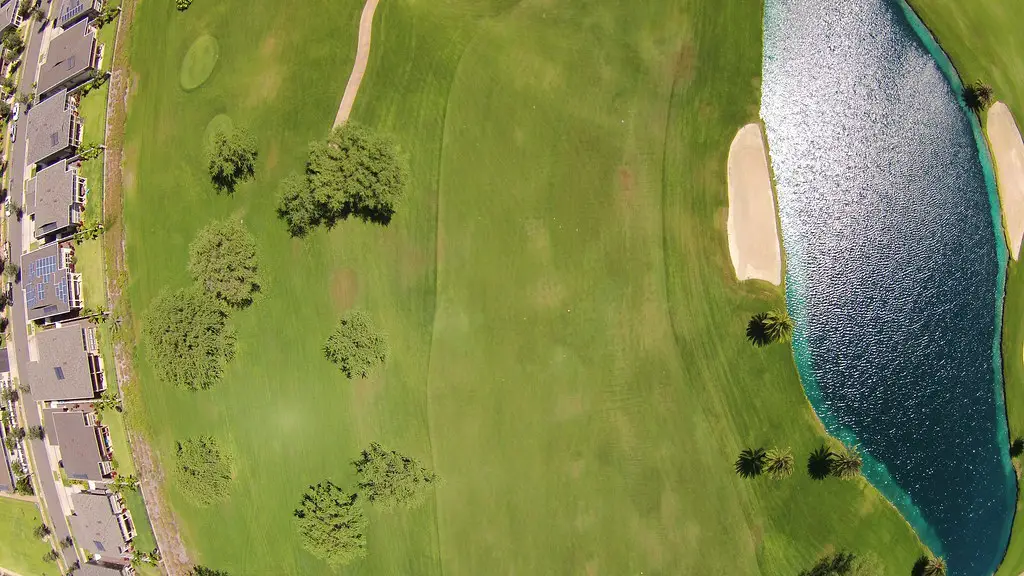
Case Studies or Testimonials
Real-Life Examples of Successful Seashore Paspalum Landscaping Projects
Katherine, a gardening enthusiast from Florida, transformed her backyard with Seashore Paspalum, creating a lush, low-regimen haven that not only survived but thrived in the coastal environment. Her project focused on a blend of Seashore Paspalum and native beach plants, resulting in an ecological microcosm of the nearby shoreline.
Daniel, a landscape architect, incorporated Seashore Paspalum in several high-end projects, where its unique features and darting, wavy blades added a touch of sophistication and charm. His work showcased how this coastal grass could complement both contemporary and classical garden styles.
Conclusion
In the landscape of garden design, Seashore Paspalum emerges as a hidden gem, offering an elegant answer to the challenges many modern gardeners face. Its resistance to drought and salt, along with its minimal maintenance requirements, bring a refreshing touch of coastal allure to any garden. With thoughtful design and appropriate care, Seashore Paspalum has the potential to redefine not just the aesthetic of your outdoor space, but also your approach to sustainable, elegant living. It’s time for garden enthusiasts to explore the serenity and natural appeal that Seashore Paspalum can bring to their landscapes.

